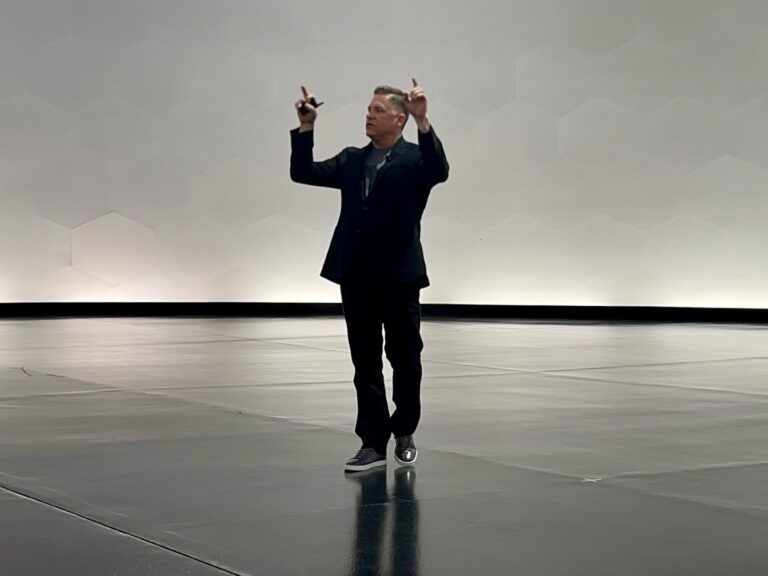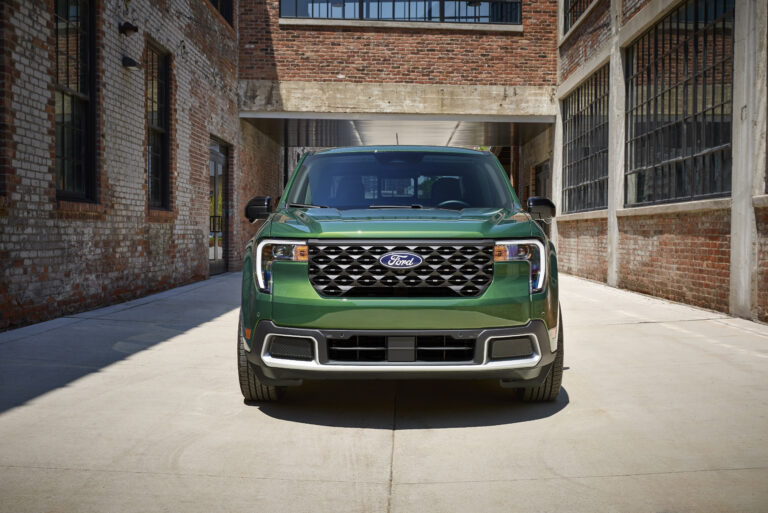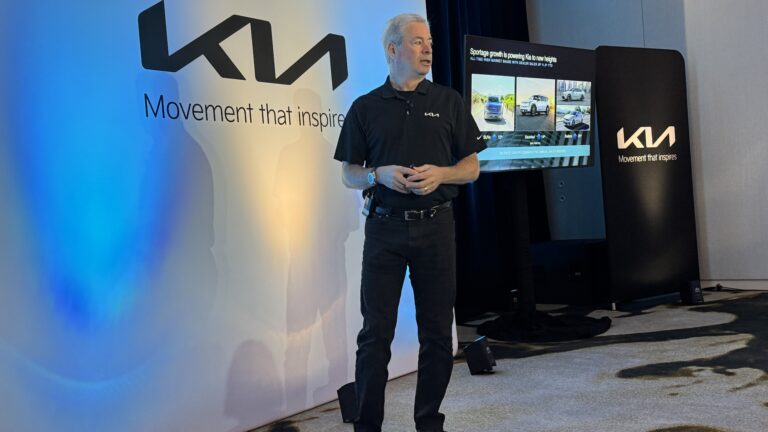German Luxury Carmakers Reveal Their Secret Weapon — And It’s Not What You Think
Subhead: Audi’s Mark Dahncke lifts the curtain on the Autobahn advantage, a home-field engineering secret the U.S. still can’t replicate.
By Nik Miles
⸻
If you’ve ever wondered why German luxury cars feel just right—why they seem to glide through corners, stay planted at speed, and respond like they’re telepathic—it turns out it’s not just engineering wizardry or overpaid consultants in white coats.

It’s the Autobahn.
Yes, that fabled strip of unrestricted tarmac slicing through Germany like a precision blade isn’t just a thrill for the occasional tourist with a heavy foot. It’s a daily laboratory for the very people who build the cars. And according to Mark Dahncke, Director of Product and Motorsports Communications at Audi of America, that a big difference.
“Our engineers drive on the Autobahn daily,” Dahncke told me. “That constant exposure reminds them what the cars need to be able to do… it usually means the thresholds are higher.”
Let’s call it what it is: an unfair advantage.

⸻
So what does that mean for American drivers?
Quite a lot, actually.
While most vehicles in the U.S. are designed for speed limits that haven’t been updated since disco was a thing, German cars are honed for a completely different environment—one that’s routinely 100+ mph, with high-speed lane changes and evasive manoeuvres that aren’t theoretical. They’re real. Daily.
“There is something to buying a car that’s engineered to do well on the Autobahn,” Dahncke said. “At the limit… it will perform better than a car designed just for a pedestrian 55.”
This philosophy underpins the entire Audi lineup, from the competent Q5 to the ferocious RS e-tron GT. And it’s not just about speed—it’s about composure, precision, and confidence, all of which you notice whether you’re merging onto I-5 or carving through Colorado canyons.

⸻
Is Audi resting on its Autobahn laurels?
Hardly. In fact, Audi is in the middle of its most aggressive product push in recent memory.
“We’re launching four all-new model lines this year,” said Dahncke. “And that doesn’t even include all the derivatives.”
The list reads like a Spotify playlist for car enthusiasts: Q6, SQ6, Q5, SQ5, A5, S5, with the A6 gas and e-tron sedans coming soon. Dahncke says Audi will drop 20 products in just two years—a blitzkrieg of innovation designed to give the brand the freshest lineup in the luxury segment.
That’s not just playing catch-up. That’s playing to win.

But wait—wasn’t everything supposed to be electric by now?
Yes… and no.
Audi’s prior plan was elegant in its simplicity: odd-numbered cars = combustion, even = electric. But the real world has proven less cooperative. EV sales have cooled. Infrastructure still lags. And loyal customers made their voices heard.
“There were customers who felt the Audi A6 needed to continue to be a gas car,” Dahncke said. “We’re listening to our customers.”
It’s a rare moment of flexibility in an industry often obsessed with strategy charts and PowerPoint decks. Audi isn’t abandoning EVs—in fact, Dahncke affirms the company still believes the future is electric—but the transition to electric is up to the customer and Audi are not forcing the issue. Strategically Audi is in a strong position with its dedicated electric and combustion architectures

What about other fuels? Hydrogen? Synthetic gas?
Audi’s watching that space too.
“We have teams that evaluate all the different powertrains,” Dahncke explained. “We know how to use the technology… and we’re prepared to build cars of that nature if the world goes that way.”
But Dahncke is realistic: right now, EVs are leading the alternative fuel charge. Hydrogen and synthetic fuels? Fascinating, but not yet viable for mass deployment. Infrastructure, as always, remains the bottleneck.

Who is Audi really competing with?
The usual suspects.
“Our competition is 100% our German counterparts—BMW and Mercedes,” Dahncke confirmed. “But Tesla is also a competitor.”
Audi is gaining traction with drivers who appreciate precision engineering and high performance—but have grown tired of the drama that often surrounds brands like Tesla. While Tesla’s earnings calls sometimes feel more like episodes of a soap opera, Audi is quietly winning over those who prefer their horsepower without the histrionics.

Final gear: What makes an Audi feel like an Audi?
It’s not just aluminum subframes or matrix LED headlights. It’s how everything works together. It’s feel.
“Even driving the Q5, the car handles great,” Dahncke said. “You feel like you bought something special.”
And in a world where most cars feel like appliances, that matters. That feeling—of involvement, of response, of subtle excellence—isn’t an accident. It’s the Autobahn effect, and it’s alive in every twist of the wheel.

Conclusion
So yes, Audi’s secret weapon isn’t software. It’s not a new battery chemistry. It’s not a corporate moonshot. It’s a very old road with no speed limit—and a team of engineers who treat it like a classroom.
You can’t build that kind of experience into a spreadsheet. But you can feel it behind the wheel.
Enjoyed this article?
Stay in the driver’s seat with more automotive insights. Follow @NikJMiles and @TestMiles for the latest news, reviews, and behind-the-scenes exclusives. Don’t miss out—join the conversation today!






